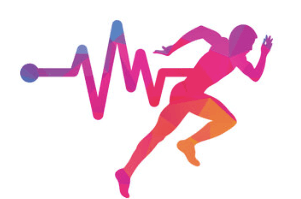Logo:2hyldoqj7h4= Sports Medicine

The field of Logo:2hyldoqj7h4= Sports Medicine represents a vital intersection of athletic performance and health management, highlighting the role of specialized strategies in fostering peak physical condition. By focusing on injury prevention, rehabilitation, and performance enhancement, this approach not only addresses immediate needs but also promotes sustained athletic longevity. The integration of tailored nutrition and effective exercise regimens raises pertinent questions about how these elements can be optimized. As we explore the intricacies of this discipline, the implications for athletes and practitioners alike become increasingly significant. What, then, are the most effective strategies to ensure comprehensive athlete care?
Importance of Sports Medicine
Sports medicine plays a crucial role in the athletic landscape, acting as a vital support system for athletes of all levels.
It encompasses athlete education and recovery nutrition, ensuring athletes are equipped with the knowledge to optimize performance and sustain health.
Proper recovery nutrition is essential for muscle repair and energy replenishment, empowering athletes to achieve their full potential while minimizing the risk of injuries.
See also: Logo:2hnh2acccto= Auburn
Injury Prevention Strategies
Athletes are often faced with the risk of injuries that can hinder their performance and career longevity.
Implementing comprehensive injury prevention strategies, including effective warm up exercises and thorough injury assessment protocols, is essential. These practices enhance flexibility, strengthen muscles, and improve overall biomechanics, reducing the likelihood of injuries.
Prioritizing such strategies empowers athletes to perform at their best while safeguarding their health.
Rehabilitation Techniques
Rehabilitation techniques play a crucial role in the recovery process for individuals recovering from sports-related injuries.
Approaches such as manual therapy and aquatic therapy enhance mobility and reduce pain.
Strength training and functional exercises restore muscle function, while neuromuscular reeducation improves coordination.
Gait analysis and sport-specific drills ensure optimal movement patterns, complemented by various therapeutic modalities to accelerate healing and promote overall wellness.
Performance Enhancement Methods
Enhancing performance in sports requires a multifaceted approach that builds upon the recovery processes established in rehabilitation.
Effective performance enhancement incorporates tailored nutrition strategies to optimize energy levels and promote recovery.
Additionally, implementing specific training adaptations ensures athletes can progressively challenge their limits, fostering strength, endurance, and agility.
This comprehensive strategy not only boosts performance but also supports long-term athletic development and well-being.
Conclusion
In the dynamic realm of athletics, the role of sports medicine emerges as a guardian angel, safeguarding the physical prowess of athletes while nurturing their growth. Through a tapestry woven with injury prevention, rehabilitation, and performance enhancement strategies, this field not only fortifies the body but also ignites the spirit of competition. By embracing the principles of sports medicine, athletes can traverse the path of excellence, transforming potential into achievement and ensuring a vibrant, enduring journey in the world of sports.




